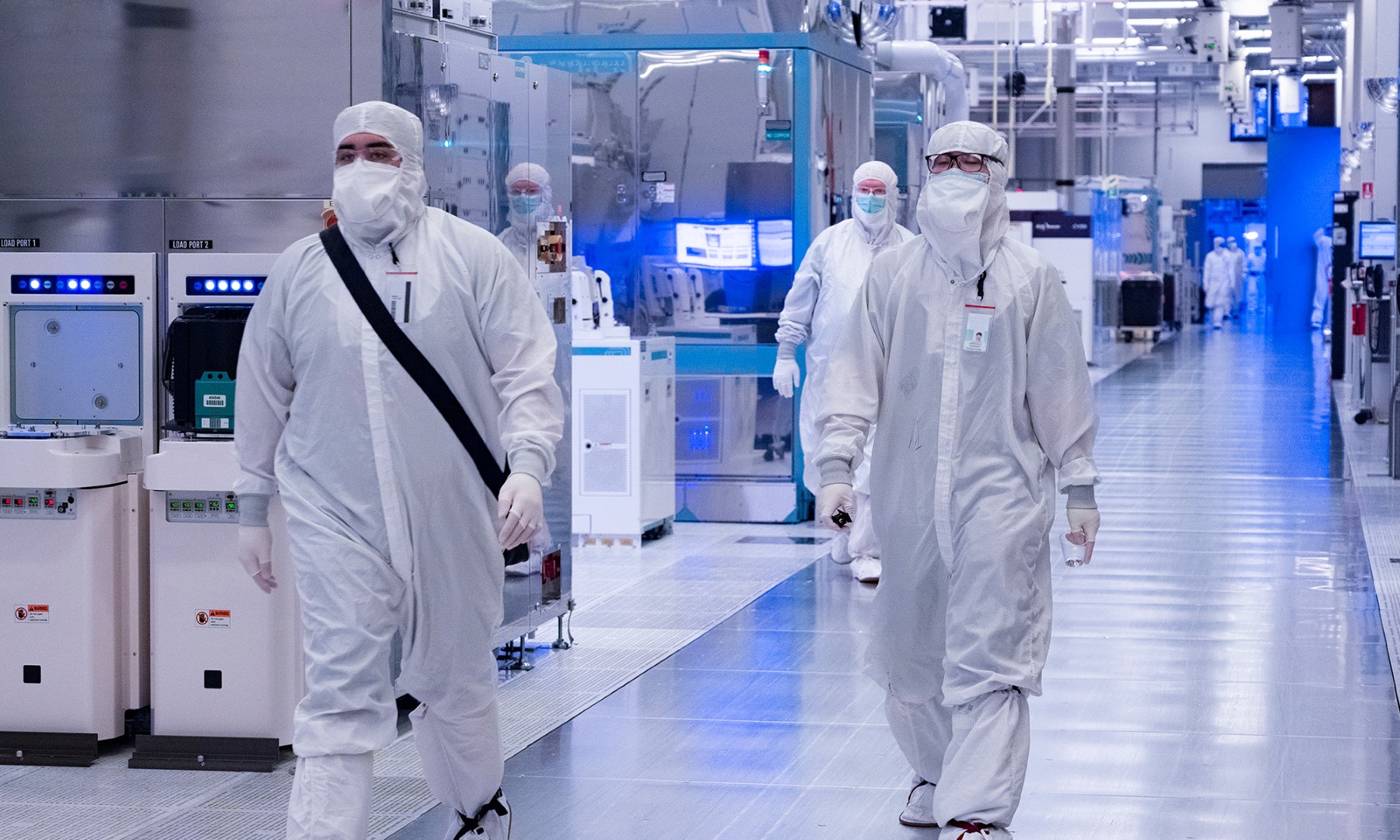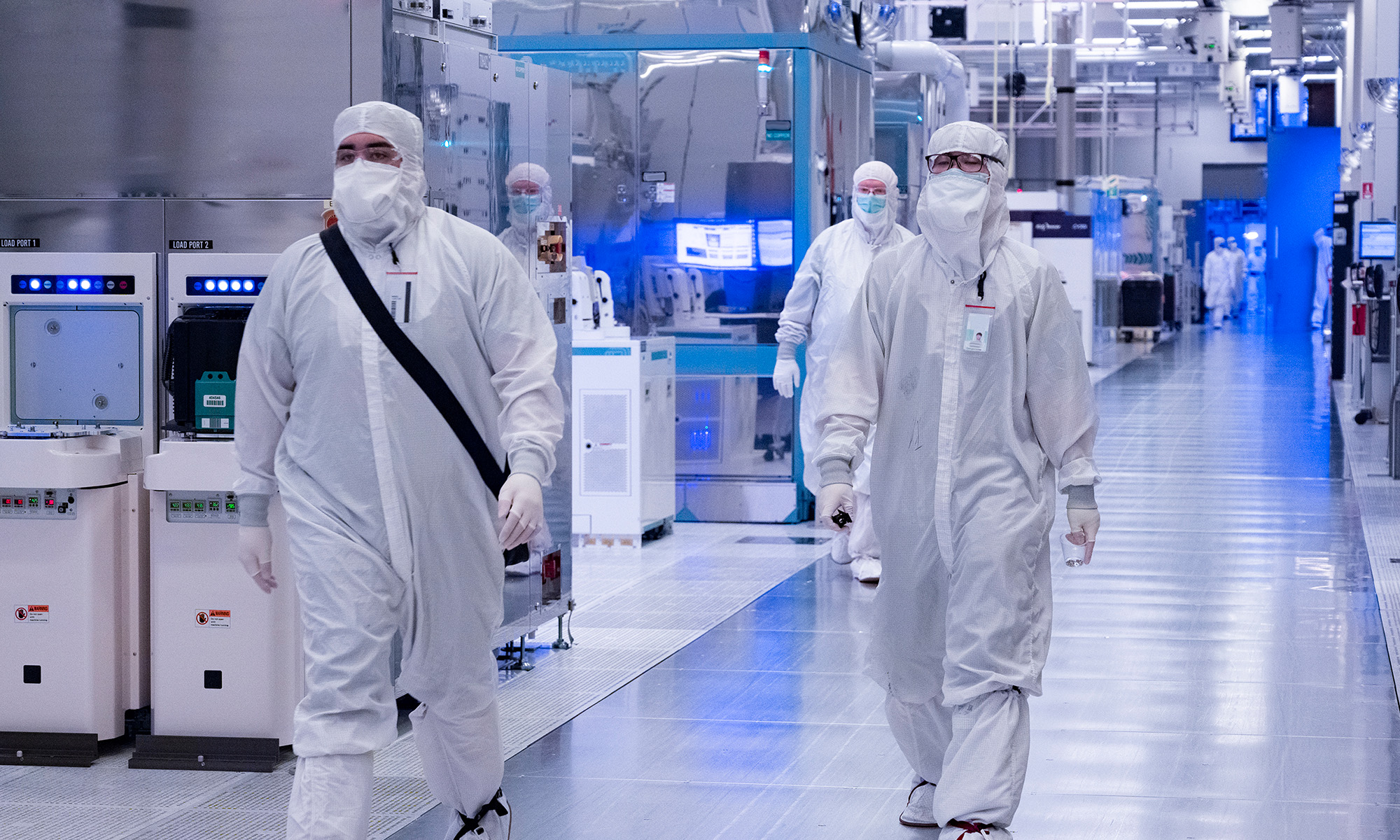One of the most interesting and compelling developments circulating throughout the technology world is the "Internet of Things." This describes a technological advancement in which nearly all devices are connected. Mobile, home, and embedded devices could all be connected to the Internet to integrate computing abilities. This would allow all these connected devices to share data over the cloud.
This would be a huge opportunity for those companies with a first-mover advantage. It goes without saying that this technology requires processors, and that's where Intel (INTC +2.22%) plans to step in. Intel is ramping up its investment in the Internet of Things so that its semiconductors are a critical piece of the puzzle. Read on to discover how Intel is already seeing success in its investment in the Internet of Things, and why this matters so much.

Source: intel.com
The Internet of Things, just in the nick of time
Intel sorely needs to become a major player in the Internet of things. It's still infamously chained to the personal computer, an industry in structural decline as computing becomes more mobile by the day. The global smartphone boom is coming at a direct cost to personal computers, and Intel has been notoriously late to the game.
Intel has yet to meaningfully break into smartphones, despite trying desperately to do so. Instead, chipmaker Qualcomm (QCOM +0.26%) is the dominating force in mobile. Qualcomm generated 8% earnings growth last quarter and shipped 188 million of its MSM chips. The company expects continued growth, thanks to industry tailwinds. It expects 198 million MSM shipments this quarter, which would represent at least 15% growth. For 2014, Qualcomm expects 5%-11% revenue growth and at least 12% earnings growth.
Intel CEO, Brian Krzanich, has long vowed to get his company's chips into 40 million tablet processors by the end of 2014. Intel managed to ship 5 million tablet processors in the first quarter, and management is confident it will reach its goal.
But, even if it gets there, Intel is going to need to do more to offset the continuing decline in global PC shipments. That's why the Internet of Things is so important. Intel plans to increase its research and development in the Internet of Things by 20% this year from just two years ago.
It's abundantly clear that Intel's efforts are already paying off. It's now separately breaking out its Internet of Things group as a separate operating segment, and for good reason. The Internet of Things generated $482 million in revenue in the last quarter, which represented 32% growth year over year. This was Intel's fastest-growing business unit by far. In fact, the Internet of Things was one of only three segments to produce revenue growth for Intel in the first quarter. Plus, Intel's Internet of Things group posted 12.5% revenue growth in 2013.
This couldn't come at a better time for Intel. Its largest segment, personal computers, has continued to struggle in a world dominated by mobile devices and smartphones. Intel's PC client group posted a 1% decline in revenue in the first quarter after a 4% drop in revenue last year. This is especially problematic because Intel derives nearly two-thirds of its sales from personal computers.
This is why the Internet of Things represents such compelling growth potential. It accounts for only 4% of Intel's total revenue, but that surely stands to change as the technology gains traction.
Intel may have an ace up its sleeve
The bottom line is that, while Intel's struggles are universally known due to the decline of the personal computer, by no means is Intel dead in the water. The company is making strides across several other businesses, including data centers. But, perhaps its most exciting category is the Internet of Things because of the massive potential involved.
Intel's fledgling Internet of Things business is in its infancy, but it's growing fast. Future growth is likely going forward, as Intel accelerates investment in the technology. That's why the Internet of Things is something you'll want to keep your eyes on.






